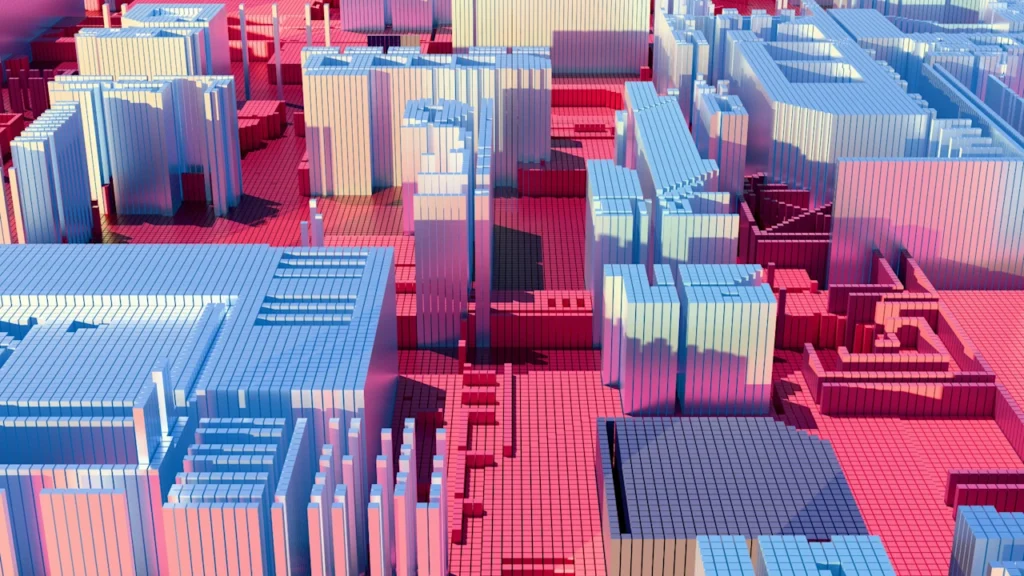
AI’s explosive growth depends on a backbone of vast energy-hungry, water intensive data centers, costing hundreds of billions of dollars in resources. The challenge—and opportunity—of the moment is ensuring this infrastructure scales without hollowing out long-term value.
Across the U.S., states are racing to attract data center facilities with lucrative incentives. The promise is economic growth and prestige. The reality is more complicated: hidden costs borne by communities, power grids, and ecosystems.
As a venture capitalist focused on hardtech and sustainability, I see this tension as both risk and opportunity. The future of AI will belong to those who reconcile scale with sustainability, building infrastructure that powers innovation without draining the very resources societies depend on.
THE ECONOMIC CASE—AND THE HIDDEN BURDEN
Data centers are capital-intensive projects that can inject billions into local economies. Virginia’s 300 facilities, for example, contribute more than $9 billion annually. Illinois, with over 180 centers, has positioned itself as a hub thanks to land, fiber, and access to the Great Lakes. At the national level, the market was valued at $302 billion in 2023 and is projected to double by 2030.
It’s easy to see why elected officials welcome them: construction jobs, tax revenue, and the prestige of being a digital gateway. But beneath the headlines, the numbers tell a different story. Subsidies can exceed $800,000 per job. One Alabama project sought $167 million in tax breaks for just 200 positions. Counties quickly become dependent on the revenue, creating pressure to approve more projects regardless of long-term costs.
Meanwhile, resource demands are staggering. A single hyperscale facility can consume a gigawatt of power, enough to supply 750,000 homes. Collectively, U.S. data centers used 17 gigawatts in 2022 and are projected to reach 130 GW by 2030, or about 12% of U.S. electricity demand.
That growth is already pushing utility prices higher. In Illinois, residential customers saw rates jump 45% in 2025, while businesses faced nearly 30% year-over-year increases. And with federal rollbacks of clean-energy tax credits slowing renewable development, much of that demand will be met by keeping fossil plants online, which undercuts climate goals.
Water use adds another layer. Cooling a single large data center can require 5 million gallons per day, equivalent to the needs of a town of 50,000. Over five years, U.S. facilities are projected to consume 150 billion gallons, straining freshwater systems that are already under stress.
These burdens are not abstract. They reshape household budgets, increase business costs, and raise profound questions about equity. In Newton County, GA, residents face water shortages, rate hikes, and a possible water deficit by 2030 linked to data centers in the area. In Virginia, an African American cemetery dating to 1863 is now surrounded on three sides by data centers. The social and environmental costs are real and growing.
THE INVESTOR’S LENS: OPPORTUNITY IN THE CRISIS
None of this is an argument against data centers. They are indispensable to AI, and AI is indispensable to the future of industry, science, and society. But the current trajectory is unsustainable. That’s why investors, entrepreneurs, and policymakers should treat this challenge as a growth opportunity.
Four areas stand out:
- Cooling and heat sinks: With cooling consuming more than 40% of electricity, technologies like immersion cooling, direct-to-chip systems, and advanced heat sinks can dramatically reduce energy and water use.
- Carbon capture and utilization: Data centers can serve as testbeds for capturing emissions at the source and converting them into usable inputs.
- Long-duration storage: AI’s variable load requires resilience. Hydrogen systems, advanced batteries, and other long-duration storage solutions can stabilize grids.
- Advanced materials and compute efficiency: The frontier is not just bigger GPUs but better architectures, AI-optimized chips, and neuromorphic computing that deliver more performance per watt.
These are not speculative bets. They represent areas where margins are high, corporate demand is urgent, and public capital is increasingly aligned with private investment. They are the technologies that will allow AI’s infrastructure to scale responsibly.
A SMARTER FRAMEWORK FOR GROWTH
Reconciling scale with sustainability requires a new playbook. Policymakers, utilities, and investors can align around four principles:
- Transparency: Require audited disclosure of energy and water use.
- Conditional incentives: Tie tax breaks to sustainability metrics, not just square footage.
- Geographic balance: Encourage siting where renewable energy and resilient water supplies are abundant.
- Community benefits: Ensure subsidies translate into tangible improvements for households, schools, and infrastructure.
This isn’t about slowing AI’s growth—it’s about ensuring it creates lasting value. Done right, data centers can become engines for innovation rather than liabilities.
ALIGN SCALE AND SUSTAINABILITY
The paradox is clear: AI demands unprecedented computational scale, but unchecked growth risks raising bills, draining water, and delaying climate progress. The alternative is equally clear: Align incentives, invest in breakthrough technologies, and embed accountability into every deal.
The winners of the AI era won’t just be those who scale fastest. They’ll be those who scale responsibly and build the infrastructure of a digital future that is as sustainable as it is transformative.
Haven Allen is CEO and cofounder of mHUB and managing partner of mHUB Ventures.